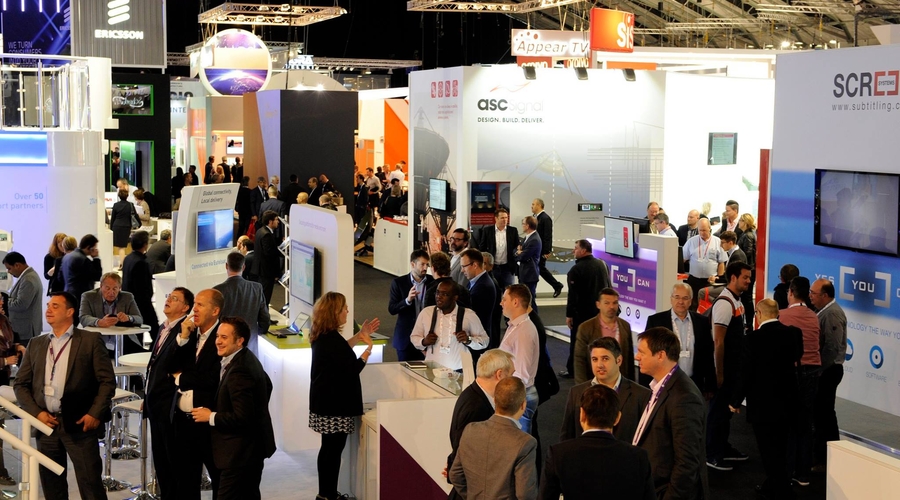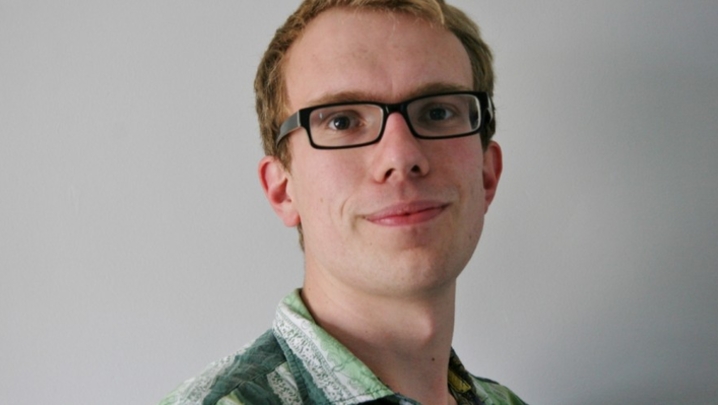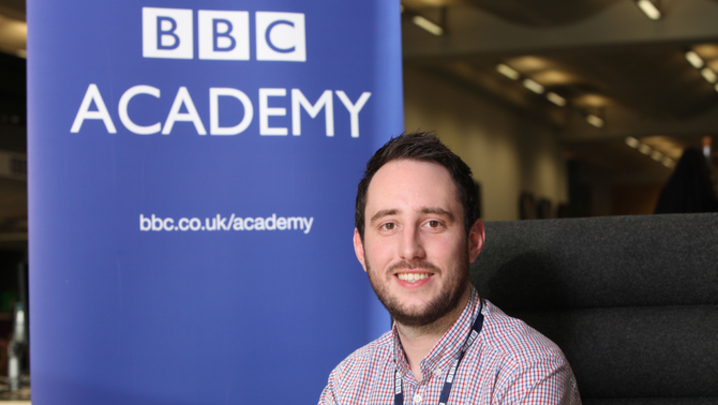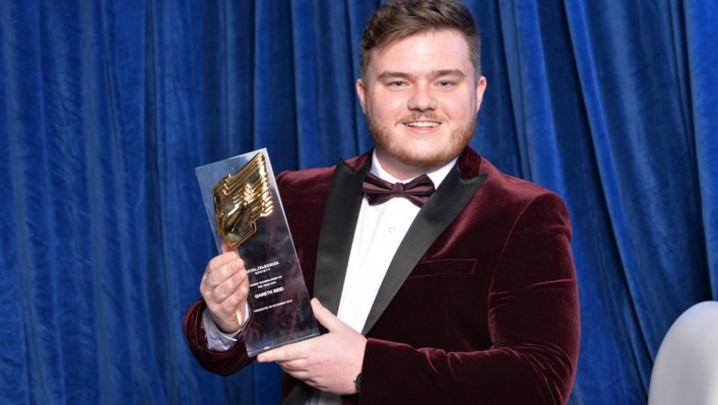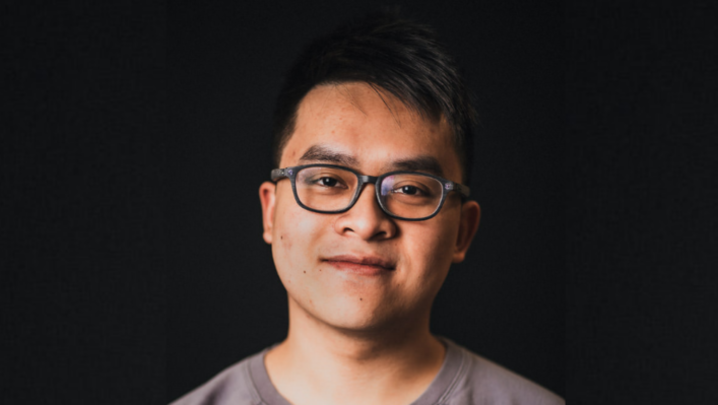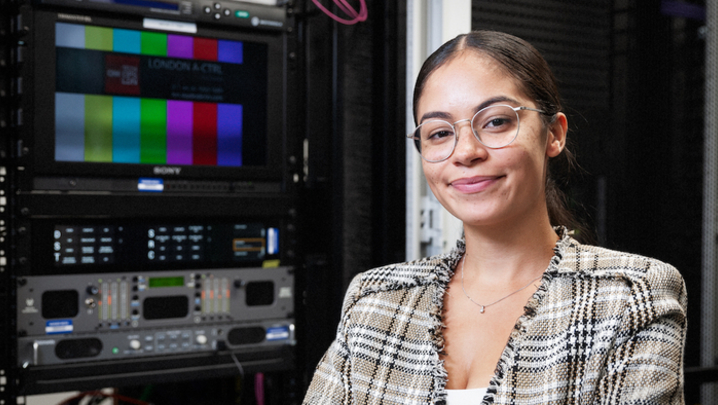Michael Colyer, the RTS Young Technologist 2015, shares his experience of visiting IBC Amsterdam for the first time
"Ensure you are wearing comfortable shoes" read the last line of the email sent to me from the RTS regarding what I’d need for my first ever IBC experience. With that - I slipped on my new smart shoes I’d bought from Topman the day before to try and ‘look the part’ before setting sail for Heathrow’s Terminal Five. It was just a few short hours later that the service 4 tram pulled in to Station RAI and I got my first look at the venue. “Ah,” I thought to myself as that last line re-read itself in my mind, “really wish I’d had a chance to bed these in”.
Having only been to smaller shows previously, such as London’s BVE, I’m sure any seasoned IBC veteran could have sympathised with my dumfounded look as I walked in to Hall One to start my first lap. It was amazing to see how innovation-driven our industry remains and how fantastically supportive the big fish are of their technology being pushed to the limits (and for helping me after pestering a few of them for their SDKs so I can work on my own projects in the time following the show!)
One thing did stand out though - despite the amount of industry experts attending, exhibiting and lecturing at the event - was that no one seemed to know where the industry will be heading in the next five years. Will the 4K revolution begin, or will 8K supersede it? Can OTT content/VoD cause the linear distribution model to begin its swan song? Will 3D be getting ready to make another attempt at becoming a thing?
Perhaps for me, however, the most exciting part of the proceedings were the various Rec.2020 demonstrations and lectures. Rec.2020 defines various aspects of UHDTV such as display resolution, frame rate, chroma subsampling, bit depth, and colour space – effectively meaning that the overall image quality is dramatically increased allowing for greater audience immersion.
By trade, I work in special cameras - so I fully expected my primary focus to be in the same area. However IBC opened my eyes to the newer gamut that I had heard of, but had not had the chance to experience first-hand. Putting aside my technical hat, the impact provided by the format showed me that the additional latitude available in each pixel means the limitations faced by current producers may soon be pushed further back. Now we can start mesmerising audiences with a whole new breed of captivating content, maybe even greater than that of the HD revolution (remembering that the current Rec.709 colour space dates back to the early 1990s). But therein lies the question: are we, as an industry, ready to put down the tools we have been working with for only a short while since HD has started to sink its claws in, considering many studios still have an SD workflow, to begin the massive push to the experimental new format?
It’s a question I very much look forward to learning the answer to - and strongly feel that it will only be truly answered by the engineers of tomorrow - making the importance of inspiring new talent to join the television technical trade more important now than ever.
After all, if we’re all ultimately heading towards that age where we’ll finally be able to sit at home and watch daytime TV, let’s make sure it’s good.
As for my feet? Well, let’s just say that the Netherlands’ stock market saw an odd spike in sales of plasters from one small pharmacy not too far from RAI.
Photo credit: IBC
Related: RTS Announces Winner of Young Technologist Award 2015

